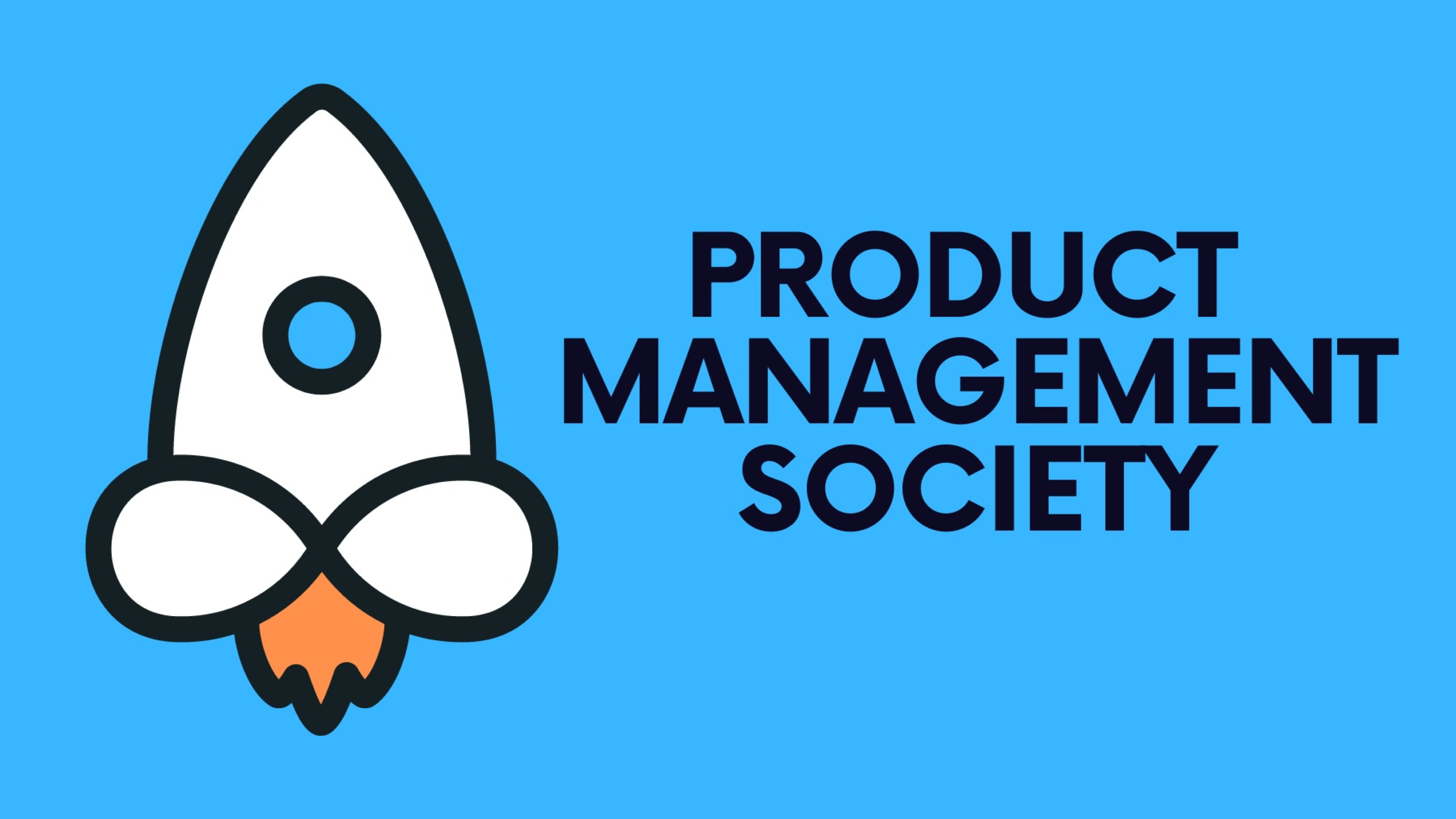In the rapidly evolving landscape of product development, the traditional lines between roles are blurring. No longer is it enough for a Product Manager to simply write requirements and manage a backlog. The demands of 2025 and beyond call for a new breed of professional: The Full-Stack Product Manager.
This isn't about becoming a developer, a designer, or a marketer overnight. Instead, the Full-Stack Product Manager possesses a holistic understanding and proficiency across the entire product lifecycle, from ideation and strategy to execution, launch, and post-launch optimization. They are the ultimate orchestrators, capable of seamlessly bridging gaps, understanding diverse perspectives, and driving impactful outcomes.
So, what are the essential skills that define the Full-Stack Product Manager in 2025?
1. Strategic Acumen & Vision Casting (The "Why" and "What")
At the core, a Full-Stack PM is a master strategist. They don't just execute; they define the direction.
- Deep Market & Customer Understanding: Beyond basic user research, this means continuous immersion in market trends, competitive analysis, and a nuanced understanding of customer pain points and aspirations. It's about anticipating needs, not just reacting to them.
- Business Model Savvy: Understanding the commercial levers of the product is crucial. How does it generate revenue? What are the unit economics? How does it fit into the broader business strategy?
- Vision & Roadmap Leadership: The ability to articulate a compelling product vision that inspires teams and stakeholders, and translate it into a clear, prioritized roadmap that balances innovation with deliverability. This includes proficiency in outcome-based roadmapping.
2. Technical Fluency & Architectural Understanding (The "How it's Built")
This is where the "stack" truly comes into play. While not expected to code, a Full-Stack PM needs to speak the language of engineering.
- Understanding of Core Technologies: Familiarity with modern tech stacks, cloud infrastructure (AWS, Azure, GCP), APIs, and data architectures. This allows for informed discussions about feasibility, scalability, and technical debt.
- Data Literacy & Analytics: More than just looking at dashboards, it's about understanding data sources, querying capabilities, and deriving actionable insights from complex datasets. Proficiency with tools like SQL, Amplitude, or Mixpanel is becoming non-negotiable.
- AI/ML Fundamentals: With AI permeating every industry, understanding the basics of machine learning, its capabilities, limitations, and ethical implications is paramount for leveraging AI effectively in product development.
- Security & Privacy Awareness: In an age of increasing cyber threats and data regulations (GDPR, CCPA), a Full-Stack PM must consider security and privacy implications from the outset of product design.
3. Design Thinking & User Experience (The "How it Feels")
A truly impactful product isn't just functional; it's delightful. Full-Stack PMs champion the user experience.
- Proficiency in UX Principles: Understanding usability heuristics, information architecture, interaction design, and visual design principles.
- User Research Methodologies: Beyond surveys, this involves qualitative research methods like user interviews, usability testing, and ethnographic studies to truly empathize with users.
- Prototyping & Wireframing Skills: The ability to quickly sketch out ideas or create low-fidelity prototypes to articulate concepts and gather early feedback, often using tools like Figma or Miro.
4. Go-to-Market & Commercialization (The "How it Reaches Users")
Launching a product is just the beginning. A Full-Stack PM understands the entire journey to market and beyond.
- Marketing & Messaging Acumen: Collaborating effectively with marketing teams to craft compelling narratives, define target audiences, and understand various channels (digital marketing, content marketing, PR).
- Sales Enablement: Equipping sales teams with the knowledge, tools, and messaging they need to effectively sell the product.
- Pricing & Packaging Strategy: Understanding different pricing models and how to package product features to maximize value and adoption.
- Customer Success & Retention: Recognizing that product success extends beyond acquisition to ensuring users gain ongoing value and remain engaged.
5. Leadership, Communication & Influence (The "How to Make it Happen")
Above all, the Full-Stack Product Manager is a leader who can rally diverse teams.
- Exceptional Communication: Articulating complex ideas clearly, concisely, and persuasively to engineers, designers, executives, and customers. This includes strong written and verbal communication.
- Stakeholder Management: Navigating complex organizational dynamics, building consensus, and effectively managing expectations across various internal and external stakeholders.
- Cross-Functional Collaboration: Fostering a collaborative environment where design, engineering, marketing, and sales teams work in harmony towards a shared goal.
- Adaptability & Resilience: The product world is constantly changing. The ability to pivot, learn from failures, and maintain composure under pressure is paramount.
The Future is Full-Stack
The rise of the Full-Stack Product Manager isn't a fleeting trend; it's a necessary evolution driven by the increasing complexity and interconnectedness of modern product development. Companies are recognizing the immense value of professionals who can see the forest and the trees, bridging the traditional silos and driving truly impactful products.
For aspiring and current Product Managers, investing in these diverse skill sets is no longer optional. It's the pathway to becoming an indispensable leader in the product landscape of 2025 and beyond. Embrace the challenge, continuous learning, and the exciting journey of building the next generation of successful products.
If you’re finding this blog valuable, consider sharing it with friends, or subscribing if you aren’t already. Also, consider coming to one of our Meetups and following us on LinkedIn ✨







